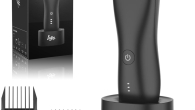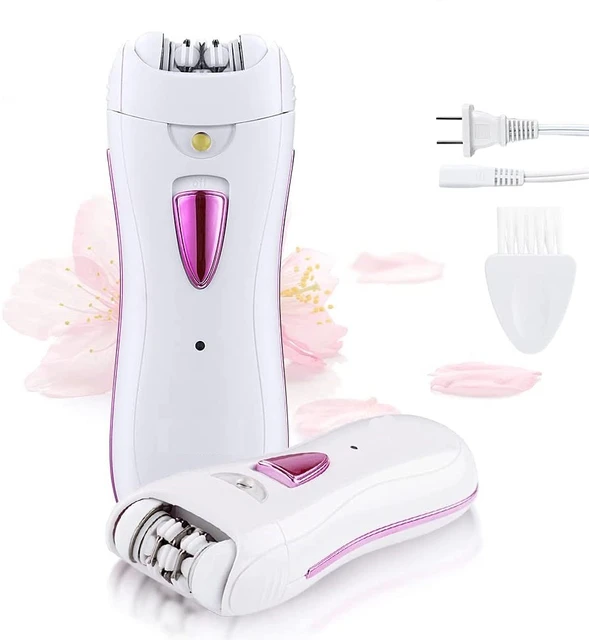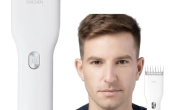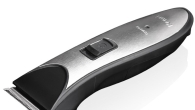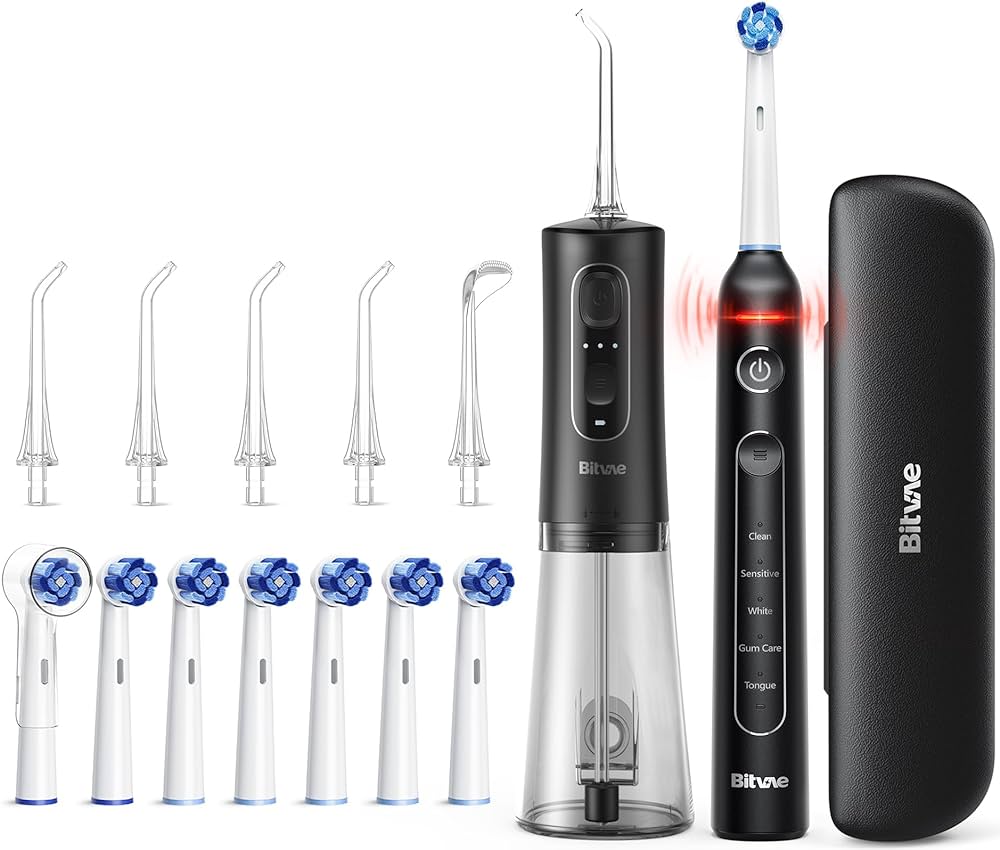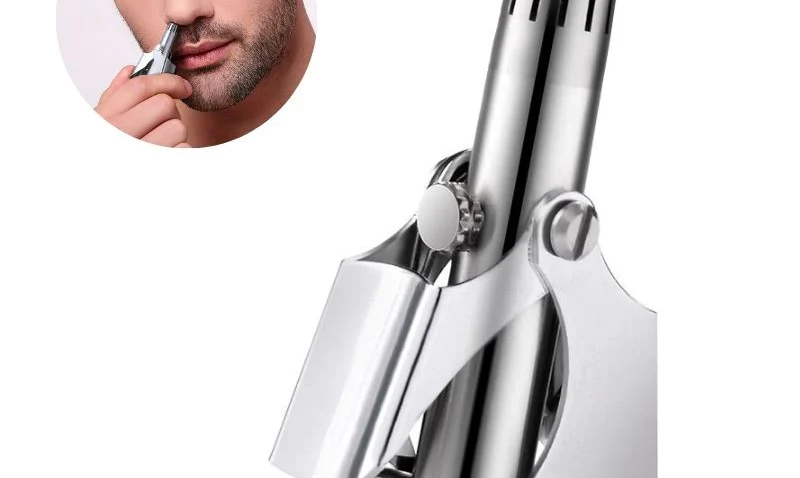
Manual Nose Hair Trimmer: Choosing Your Grooming Tool
Maintaining a well-groomed appearance has become increasingly important in today’s world, and one key aspect many often overlook is facial hair management. Specifically, controlling unwanted nose hair is essential for both aesthetics and hygiene. A manual nose hair trimmer serves as an effective and safe solution to this common grooming need. In this article, we delve into everything you need to know about manual nose hair trimmers, from their benefits and how to choose the right one to tips on usage and maintenance, ensuring you can achieve precise and hassle-free trimming every time.
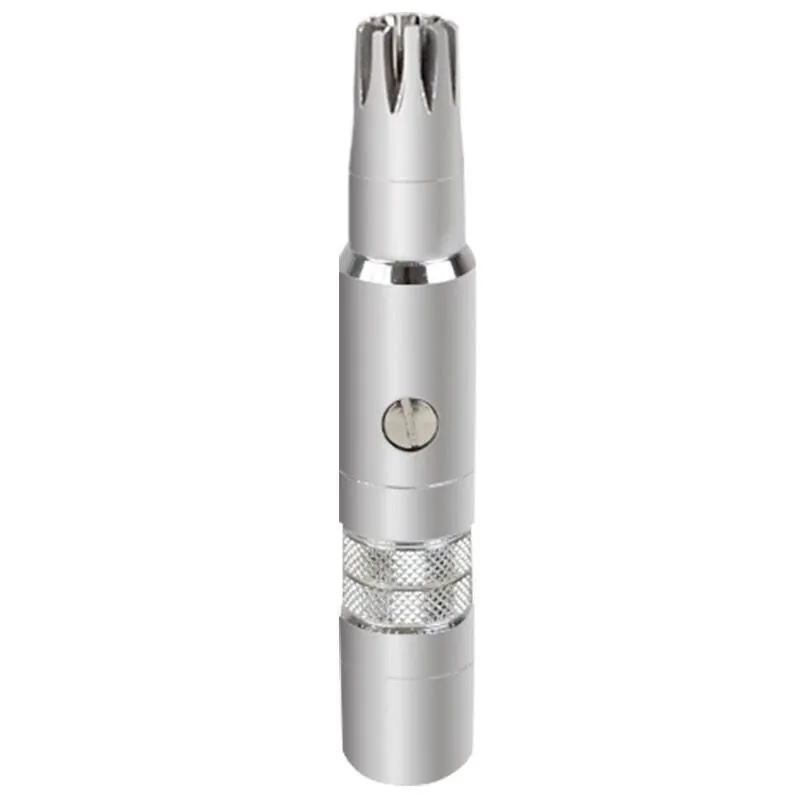 The Benefits of Using a Manual Nose Trimmer
The Benefits of Using a Manual Nose Trimmer
Manual nose hair trimmers offer numerous advantages over other hair removal methods available in the market. Firstly, they provide a precise and controlled trimming process, reducing the risk of accidental cuts or injuries often associated with scissors or razors. Additionally, these trimmers are typically compact and lightweight, making them convenient for travel and everyday use.
Another significant benefit is environmental friendliness. Unlike electronic trimmers that require batteries or electricity, manual nose hair trimmers are entirely mechanical and do not contribute to electronic waste. Moreover, they are easy to use without the need for complex instructions, making them accessible to individuals of all ages.
Furthermore, manual nose hair trimmers are hygienic and easy to clean. Most models come with detachable heads that can be rinsed under running water, ensuring that bacteria and debris are effectively removed after each use. All in all, using a manual nose hair trimmer not only enhances your grooming routine but also promotes safety, convenience, and sustainability.
How to Choose the Right Manual Nose Trimmer
Selecting the appropriate manual nose hair trimmer requires consideration of several factors to ensure optimal performance and comfort. Firstly, examine the trimmer’s design. A compact and ergonomic design will provide better control and ease of handling during trimming sessions. Look for models with rubberized grips, as they offer enhanced stability and prevent slipping, especially when handling delicate areas like the nose.
Secondly, assess the trimming mechanism. Manual nose hair trimmers typically utilize small, sharp blades or wire loops to cut hair effectively. It is essential to choose a trimmer with high-quality stainless steel blades, as they are not only durable but also resistant to rust and corrosion. Additionally, some trimmers come with adjustable settings, allowing you to customize the trimming length based on your preferences.
Another critical aspect is the ease of maintenance. Preferably, opt for trimmers with detachable heads or blades, facilitating effortless cleaning and ensuring long-lasting hygiene. Moreover, check whether the trimmer comes with replacement parts or accessories, such as cleaning brushes or storage covers, as these add value and convenience.
Lastly, consider the brand reputation and customer reviews. Investing in a reliable brand known for producing quality grooming tools can guarantee the longevity and effectiveness of your manual nose hair trimmer. User feedback often provides valuable insights into the product’s performance, ease of use, and durability, guiding you to make an informed decision.
Key Features to Look For
When selecting a manual nose hair trimmer, certain features can enhance your overall experience. Firstly, a dual-purpose trimmer that can handle both nose and ear hair removes the need for multiple devices, simplifying your grooming kit. Secondly, models with replaceable blades extend the lifespan of the trimmer and ensure consistent performance.
Moreover, a zoom feature that allows you to adjust the trimmer’s angle can aid in reaching difficult areas without causing discomfort or irritation. Furthermore, considering the trimmer’s portability is essential, especially if you travel frequently. Look for trimmers that come with a protective cap or carrying case to keep the device clean and secure on the go.
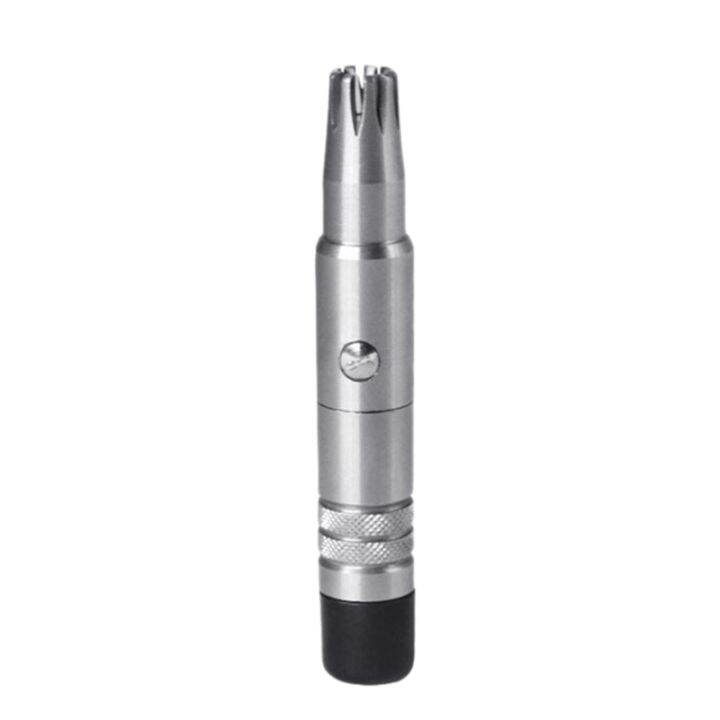 Step-by-Step Guide to Using a Manual Nose Trimmer
Step-by-Step Guide to Using a Manual Nose Trimmer
Using a manual nose hair trimmer is straightforward, but following a systematic approach ensures effective and safe trimming. Firstly, cleanse your nostrils by gently blowing your nose or using a tissue to remove any excess mucus or debris. This step provides a clear view and prevents foreign particles from entering.
Next, hold the trimmer firmly with both hands to maintain stability. Carefully insert the trimmer into one nostril, ensuring that the blades do not touch the nasal walls, as this can cause irritation or injury. Gradually move the trimmer around the entrance of the nostril in a circular motion, trimming visible hair without overstepping into the sensitive areas.
After trimming one nostril, repeat the process for the other side, maintaining the same caution and precision. Once both nostrils are trimmed, inspect the area in a well-lit mirror to ensure no unwanted hairs remain. Finally, clean the trimmer thoroughly by removing the head and rinsing it under running water, followed by drying it completely before storage.
Safety Precautions to Follow
Safety should be paramount when using a manual nose hair trimmer to avoid any potential mishaps. Firstly, always ensure that the trimmer is clean before use to prevent infections. Secondly, use gentle and controlled movements to prevent harming the delicate nasal tissues.
Moreover, avoid over-inserting the trimmer into your nostril, as this can cause discomfort or injury. It is also advisable to trim your nose hair after a warm shower when the nasal passages are relaxed and the hair is softer, making the process smoother. Additionally, never share your nose hair trimmer with others to maintain hygiene and prevent the spread of bacteria.
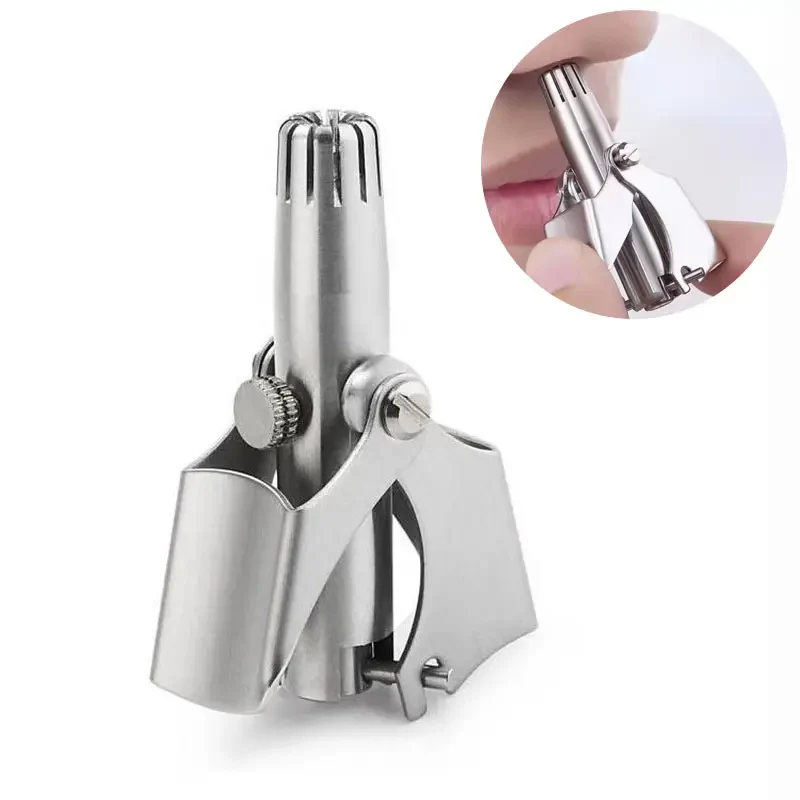 Maintenance and Cleaning Tips
Maintenance and Cleaning Tips
Proper maintenance of your manual nose hair trimmer enhances its longevity and ensures hygienic use. After each trimming session, disassemble the trimmer by removing the head or blade, as per the manufacturer’s instructions. Rinse all parts under warm running water to eliminate any hair and debris effectively.
Subsequently, use a soft brush or a specialized cleaning brush to scrub away any remaining particles, ensuring thorough cleanliness. For models with replaceable blades, replace them as recommended to maintain optimal cutting performance. Dry all components completely before reassembling and storing the trimmer in a clean and dry environment, such as its original storage case.
Additionally, lubricate the blades occasionally with a drop of oil, if required, to prevent rust and maintain smooth operation. Regular maintenance not only prolongs the life of your manual nose hair trimmer but also ensures that each use remains safe and efficient.
Troubleshooting Common Issues
Sometimes, manual nose hair trimmers may encounter common issues that hinder their performance. If you notice that the trimmer is not cutting effectively, check if the blades are dull or damaged and replace them if necessary. A loose head can also impair trimming efficiency, so ensure that all parts are securely attached.
In case of rust or corrosion, clean the trimmer thoroughly and apply a light layer of oil to protect the blades from moisture. If the trimmer feels uncomfortable or causes irritation, adjust your trimming technique, ensuring that you are not applying excessive pressure.
Common Mistakes to Avoid When Using a Manual Nose Trimmer
Using a manual nose hair trimmer incorrectly can lead to discomfort or ineffective results. It is vital to avoid common mistakes to ensure a safe and efficient trimming process.
Over-Trimming
Over-trimming can strip away essential nasal hairs that protect against harmful particles and infections. Therefore, trim only the visible and protruding hairs, maintaining a natural balance that ensures both aesthetics and health.
Applying Excessive Pressure
Applying too much pressure while trimming can irritate the sensitive nasal passages and lead to cuts. Instead, use gentle and controlled movements, allowing the trimmer to do the work without forcing it into the hair.
Neglecting Cleaning and Maintenance
Neglecting to clean your manual nose hair trimmer regularly can result in the buildup of bacteria and debris, compromising hygiene and trimmer performance. Always clean the trimmer after each use following the manufacturer’s instructions to maintain its effectiveness and longevity.
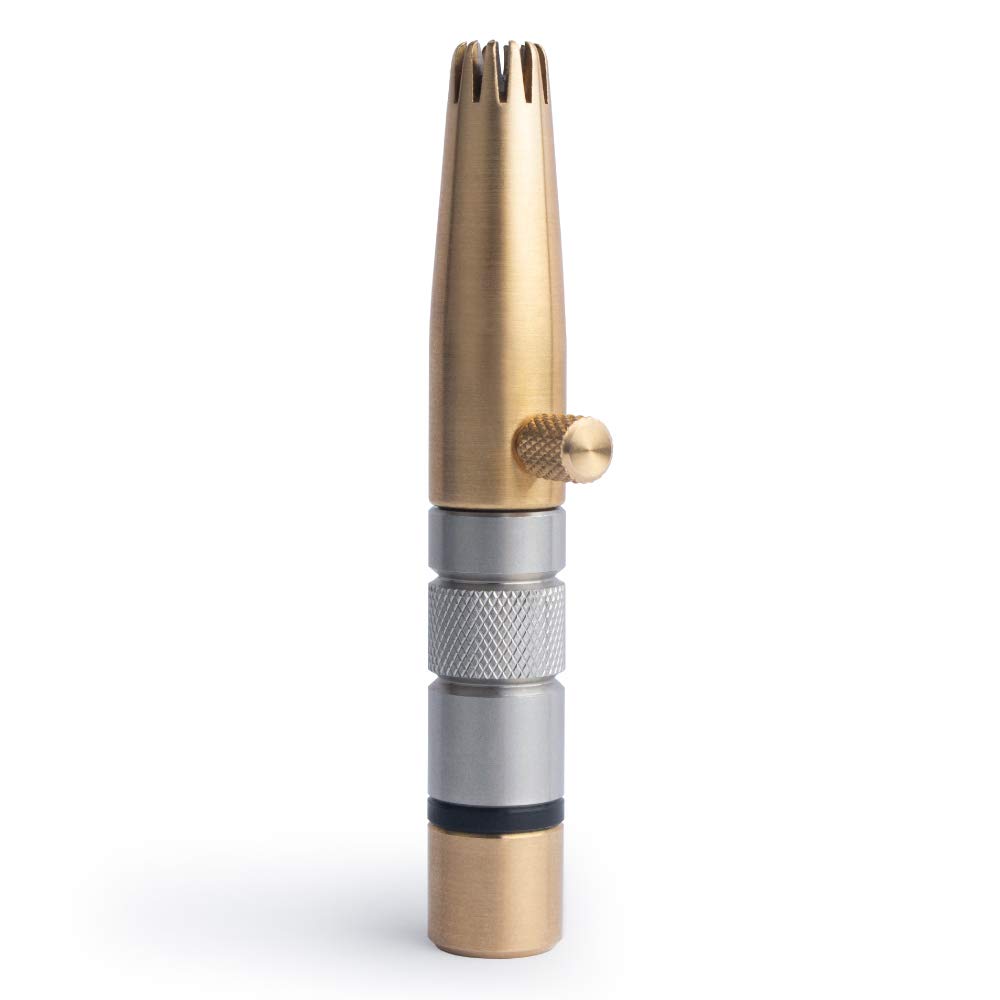 Frequently Asked Questions About Manual Nose Trimmers
Frequently Asked Questions About Manual Nose Trimmers
Addressing common queries can help users maximize the benefits of their manual nose hair trimmer.
Is Using a Manual Nose Hair Trimmer Safe?
Yes, when used correctly, a manual nose hair trimmer is safe and minimizes the risk of injury compared to other hair removal methods like scissors or razors.
How Often Should I Trim My Nose Hair?
Trimming frequency varies based on individual hair growth, but typically, trimming every few weeks maintains a neat appearance without over-trimming.
Can I Use a Manual Nose Hair Trimmer for Ears?
Many manual nose hair trimmers are designed to handle both nose and ear hair, providing versatility in your grooming routine.
How Do I Clean My Manual Nose Hair Trimmer?
After each use, detach the trimming head and rinse it under warm water. Use a brush to remove any remaining hair, then dry all parts thoroughly before reassembling.
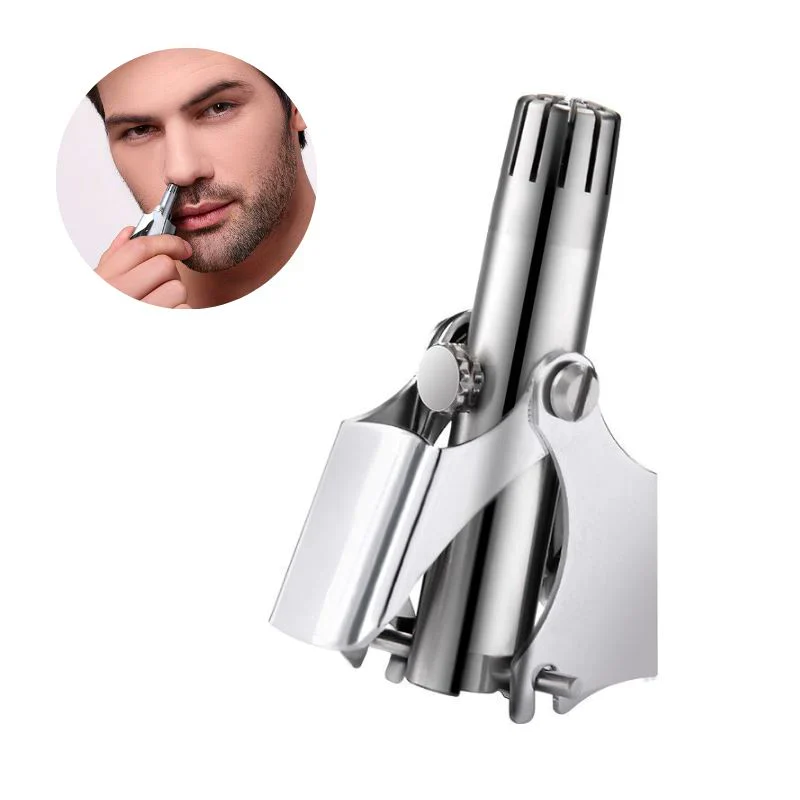 Conclusion
Conclusion
In conclusion, a manual nose hair trimmer is an essential tool for maintaining a well-groomed and hygienic appearance. Choosing the right trimmer is essential for effective nose hair trimming. Follow proper usage techniques for safe trimming. Regular maintenance practices will enhance your results. Whether you love grooming or need a simple solution, a manual nose hair trimmer is a great investment. It will improve your personal care routine significantly. A neat appearance boosts your confidence and shows your attention to grooming details.




